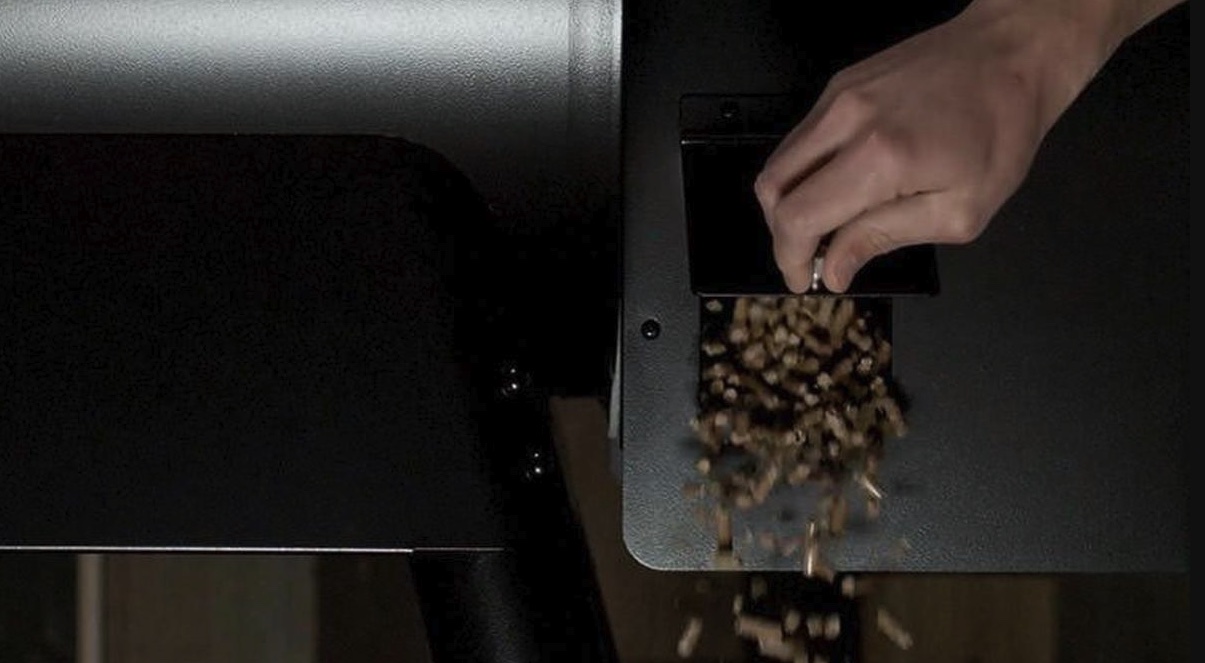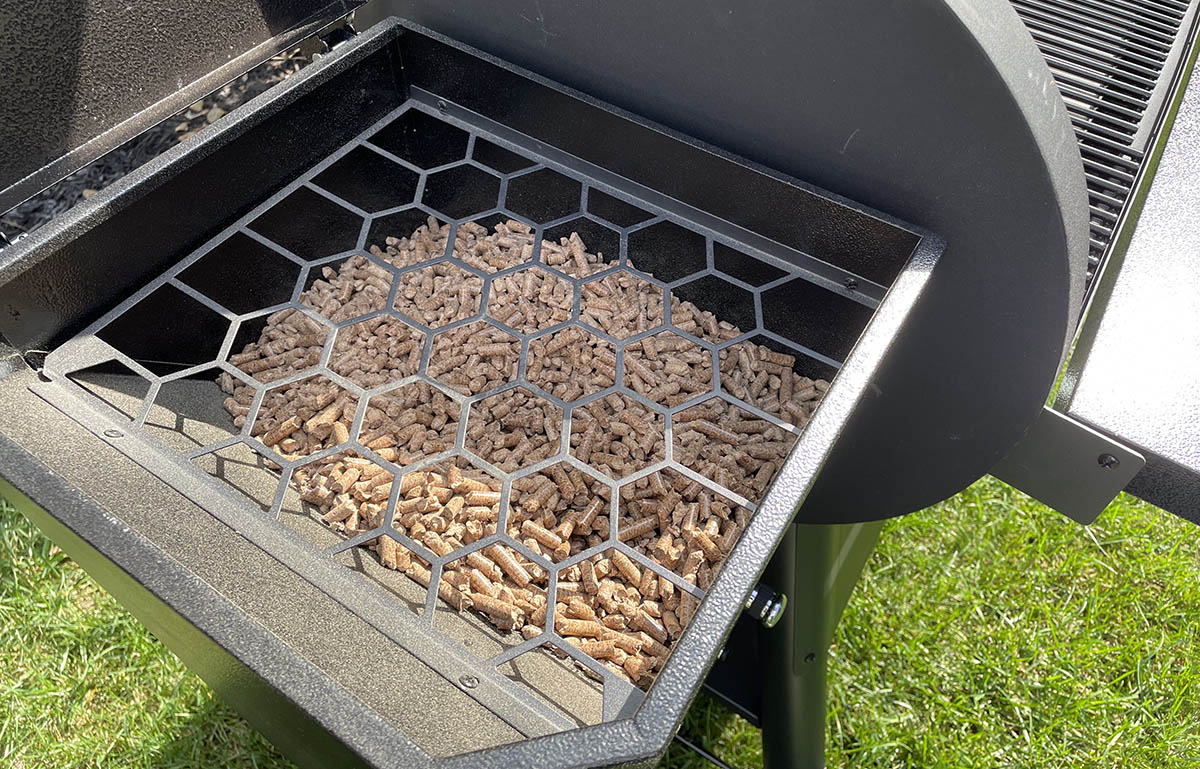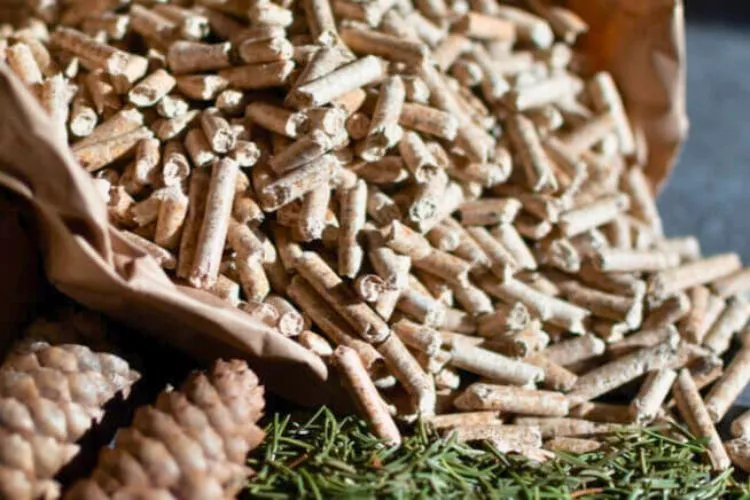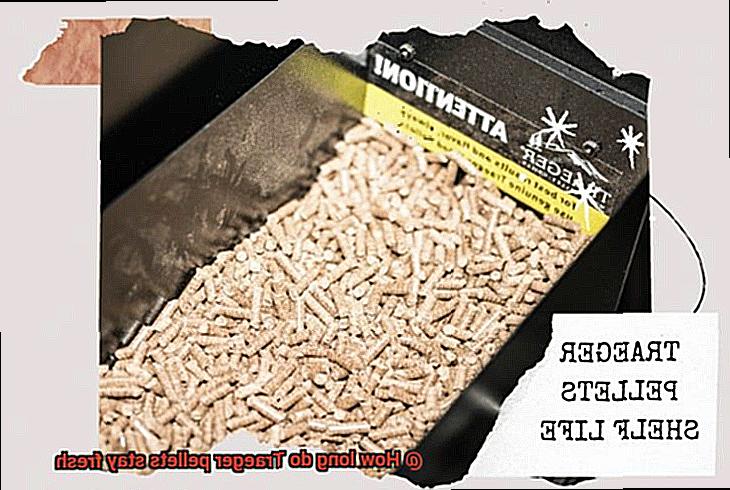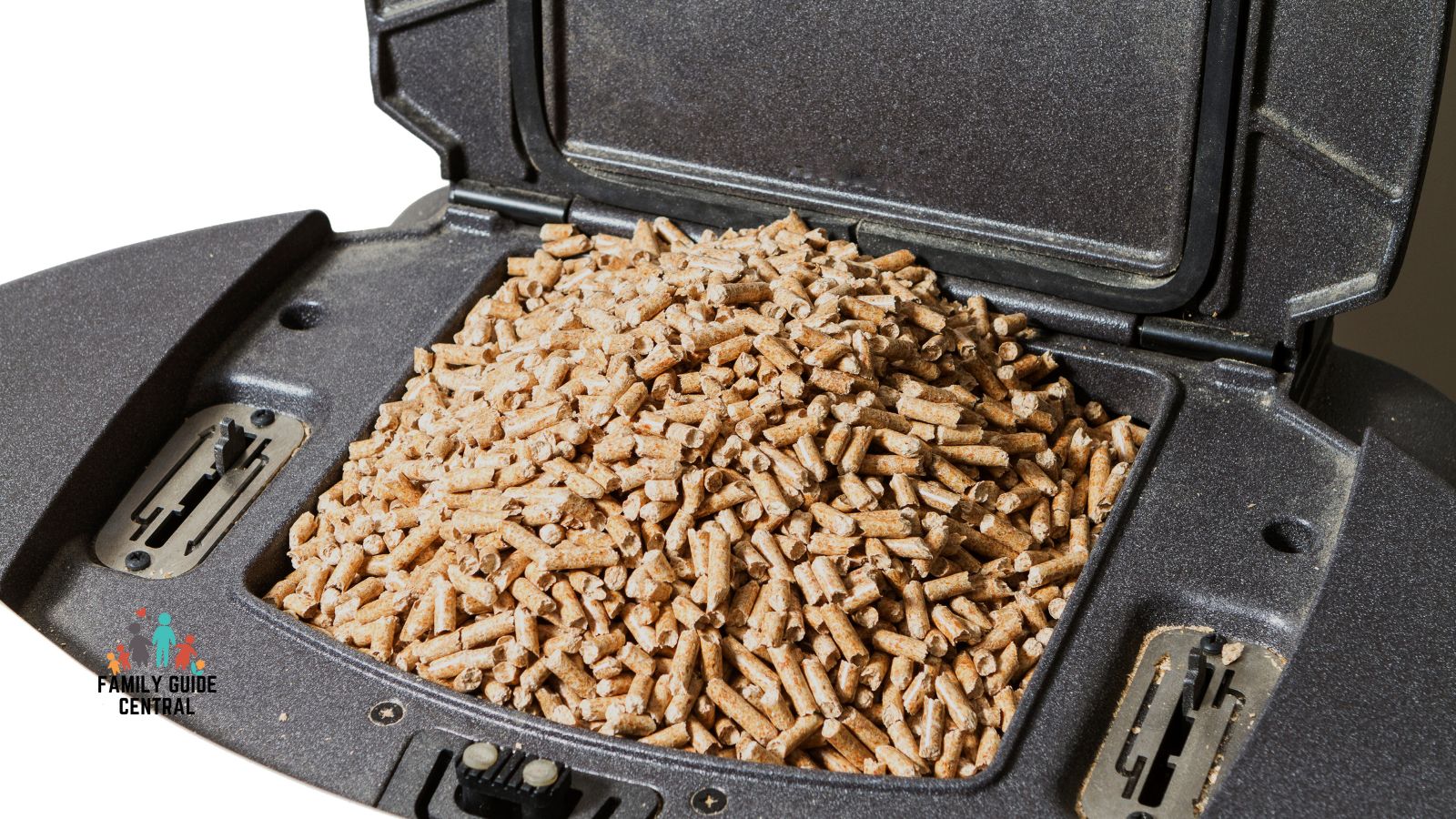How Long Do Pellets Last In A Traeger
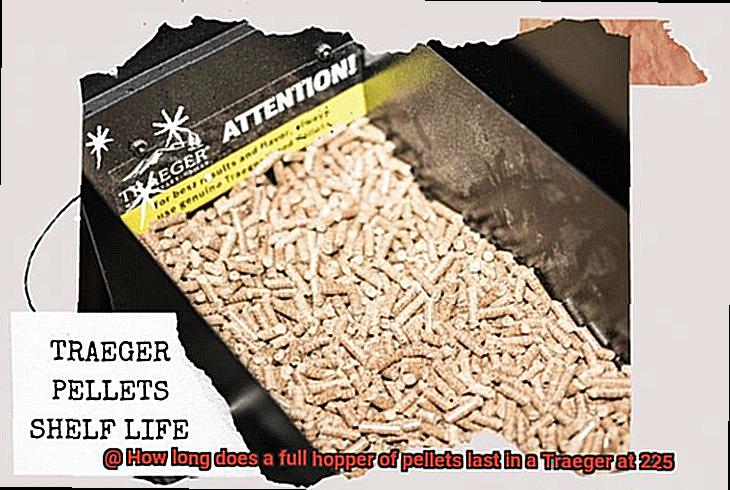
Frequently Asked Questions: How Long Do Pellets Last in a Traeger?
Traeger grills are renowned for their ease of use and the delicious smoky flavor they impart to food. A key component of their operation is wood pellets, which fuel the grill and create that signature taste. Understanding how long your pellets will last is crucial for planning your cooks and avoiding mid-cookout refills. This FAQ addresses common questions about pellet consumption in Traeger grills.
Q1: How long will a full hopper of pellets typically last in my Traeger?
This is a frequently asked question, and the answer depends on several factors. A full hopper on a standard Traeger grill usually holds around 18-20 pounds of wood pellets. How long this lasts depends on your cooking temperature, ambient temperature, and the specific model of your Traeger.
- Low and Slow (225°F - 250°F): At these lower temperatures, ideal for smoking ribs or brisket, you can expect to burn through approximately 1-3 pounds of pellets per hour. A full hopper could potentially last for 6-20 hours.
- Medium Heat (350°F - 375°F): For roasting chicken or vegetables, pellet consumption will increase to around 3-5 pounds per hour. Expect a full hopper to last approximately 4-6 hours.
- High Heat (400°F+): Searing steaks or cooking pizzas at high temperatures will consume pellets at the highest rate, approximately 5-7 pounds per hour. A full hopper may only last 3-4 hours.
It's always best to overestimate your pellet usage, especially for longer cooks, to avoid running out of fuel mid-cook.
Q2: What factors influence how quickly my Traeger burns through pellets?
Several factors significantly impact your Traeger's pellet consumption rate:
- Cooking Temperature: As mentioned previously, higher temperatures require more pellets to maintain.
- Ambient Temperature: In colder weather, your Traeger will need to work harder to maintain the desired temperature, leading to increased pellet consumption. This is because more heat is lost to the surrounding environment.
- Wind: Windy conditions can also increase heat loss, forcing the grill to burn more pellets. Consider positioning your Traeger in a sheltered area.
- Insulation: Some Traeger models have better insulation than others. Better insulation helps retain heat, reducing pellet consumption.
- Grill Size & Model: Larger grills generally require more pellets to heat up and maintain temperature than smaller grills. Some newer models also have improved fuel efficiency.
- Pellet Quality: Higher quality pellets tend to burn more efficiently and produce less ash. Avoid using low-quality or damaged pellets.
- Grill Maintenance: A clean grill burns pellets more efficiently. Regularly clean out the firepot and grease trap to ensure proper airflow and combustion. Excessive ash build-up hinders performance.
- Lid Openings: Frequent opening of the lid releases heat and forces the grill to use more pellets to recover the temperature. Minimize lid openings during cooking.
Addressing these factors can help you optimize pellet usage and extend the life of a hopper.
Q3: How can I estimate how many pellets I'll need for a specific cook?
Estimating pellet usage requires considering the cook time and temperature. Here’s a step-by-step approach:
- Determine Cook Time: Accurately estimate how long you plan to cook. Add extra time for preheating.
- Identify Cooking Temperature: Know the target temperature for your cook.
- Estimate Hourly Pellet Consumption: Based on the temperature and the factors listed above (ambient temperature, wind, etc.), estimate how many pounds of pellets you'll burn per hour. Use the guidelines in Question 1 as a starting point. Consider adding 0.5-1 pound per hour for cold weather cooks.
- Calculate Total Pellet Usage: Multiply the estimated hourly consumption by the cook time. For example, if you're cooking at 250°F for 6 hours and estimate 2 pounds of pellets per hour, you'll need approximately 12 pounds of pellets.
- Add a Buffer: Always add a buffer of 1-2 pounds to your estimate to account for unforeseen circumstances or inaccurate assumptions.
Example: Brisket cook at 225°F for 12 hours in moderate weather (estimated 1.5 pounds/hour). Total: 12 hours * 1.5 lbs/hour = 18 pounds. Add a 2-pound buffer, bringing the total to 20 pounds. A full hopper should be sufficient, but a partial bag on hand is recommended just in case.
With experience, you'll become more accurate at predicting your pellet needs.
Q4: What are some tips for conserving wood pellets in my Traeger?
Here are several practical tips to conserve wood pellets and maximize their lifespan:
- Preheat Efficiently: Avoid preheating the grill longer than necessary. Once it reaches the target temperature, immediately place your food on the grill.
- Maintain a Consistent Temperature: Avoid large temperature fluctuations, as the grill will work harder to recover.
- Minimize Lid Openings: Every time you open the lid, heat escapes, and the grill must burn more pellets to compensate. Use a meat thermometer with an external probe to monitor the internal temperature of your food without opening the lid.
- Use a Grill Blanket: In cold weather, a grill blanket can help insulate the grill and reduce pellet consumption.
- Cook Larger Quantities: If possible, cook larger batches of food to minimize the number of times you need to preheat the grill.
- Clean Your Grill Regularly: As mentioned before, a clean grill operates more efficiently.
- Store Pellets Properly: Store your wood pellets in a dry, airtight container to prevent them from absorbing moisture. Damp pellets burn less efficiently and can even damage your grill.
- Invest in a Quality Grill Cover: A good grill cover will protect your Traeger from the elements, preventing it from rusting and requiring more energy to heat up.
Implementing these strategies can significantly reduce your pellet consumption and save you money over time.
Q5: Does the type of wood pellet I use affect how long they last?
Yes, the type and quality of wood pellets play a role in their burn time and overall efficiency. Here's why:
- Density: Denser pellets generally burn longer and produce more heat per pound. Hardwood pellets (like oak or hickory) are typically denser than softwood pellets (like alder).
- Moisture Content: Pellets with low moisture content burn more efficiently and produce less smoke. Look for pellets that are stored properly and appear dry and smooth.
- Composition: Some pellets are made from a blend of different woods. The ratio of hardwoods to softwoods can affect the burn rate.
- Binders and Additives: High-quality pellets should be made from 100% natural wood with no binders, fillers, or additives. These additives can produce undesirable flavors and affect the burning process.
While the difference might not be drastically noticeable in a single cook, consistent use of higher-quality, denser pellets will likely result in slightly better fuel efficiency over time. Experiment with different types of pellets to find your favorite flavors and burning characteristics.
Q6: Can I mix different types of wood pellets in my Traeger?
While technically you *can* mix different types of wood pellets, it’s generally not recommended for optimal flavor and consistent results.
Here’s why:
- Inconsistent Flavor Profile: Different wood types impart different flavors to your food. Mixing them can create an unpredictable and muddied flavor profile. You might not achieve the desired smoky taste if the mix isn’t balanced.
- Uneven Burn Rate: Different wood types can have slightly different burn rates. This can lead to inconsistent temperature control within your grill.
- Difficulty Predicting Results: It becomes harder to predict the outcome of your cook if you're using an unknown blend of wood flavors and burn rates.
If you're experimenting with different wood flavors, it's best to use one type of pellet per cook to fully appreciate its unique characteristics. Once you’re more familiar with how each wood performs, you *could* try blending them, but start with small batches and careful observation.
A general guideline: if you want a specific flavor, use that specific pellet type and avoid mixing.
Q7: What should I do if my Traeger runs out of pellets mid-cook?
Running out of pellets mid-cook can be frustrating, but here's how to handle it:
- Quickly Add More Pellets: Immediately add more pellets to the hopper.
- Check the Firepot: Ensure the firepot is still ignited. If the flame has gone out, you'll need to restart the grill. Refer to your Traeger manual for instructions on how to properly restart the grill. This usually involves priming the auger and ensuring proper airflow.
- Stabilize the Temperature: Once the grill is relit, allow it to stabilize at the desired temperature before continuing to cook. This may take 15-20 minutes.
- Monitor the Food: Check the internal temperature of your food to ensure it's still cooking properly. You may need to adjust the cooking time to compensate for the interruption.
Prevention is always better than cure. Always estimate generously and keep a spare bag of pellets on hand. Consider investing in a pellet sensor if your model supports it, it'll send an alert to your phone when your pellet levels get low.



